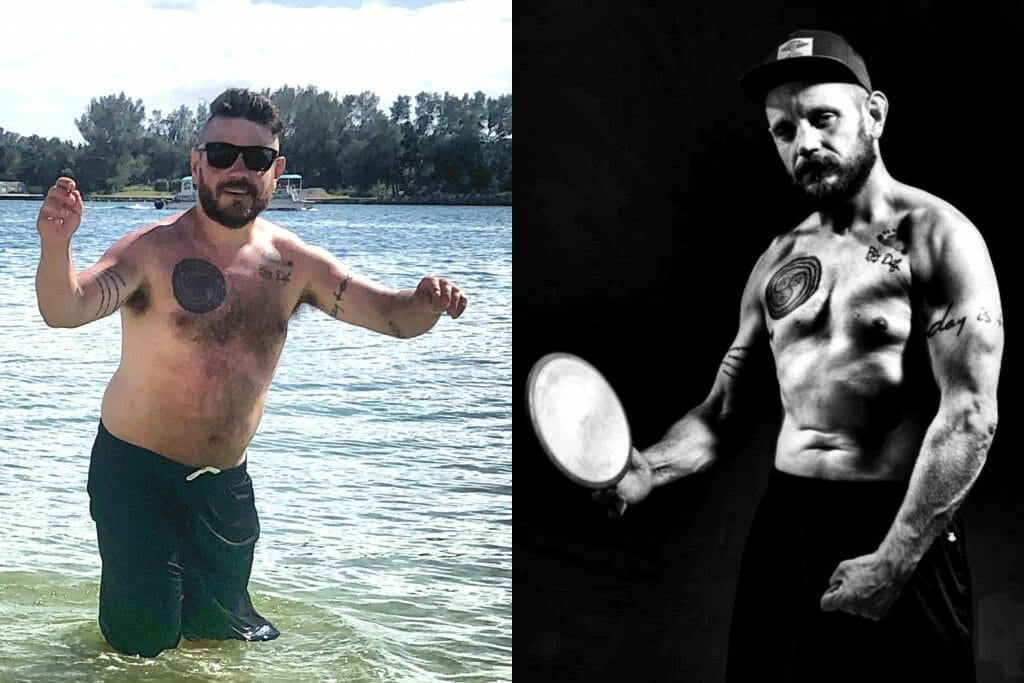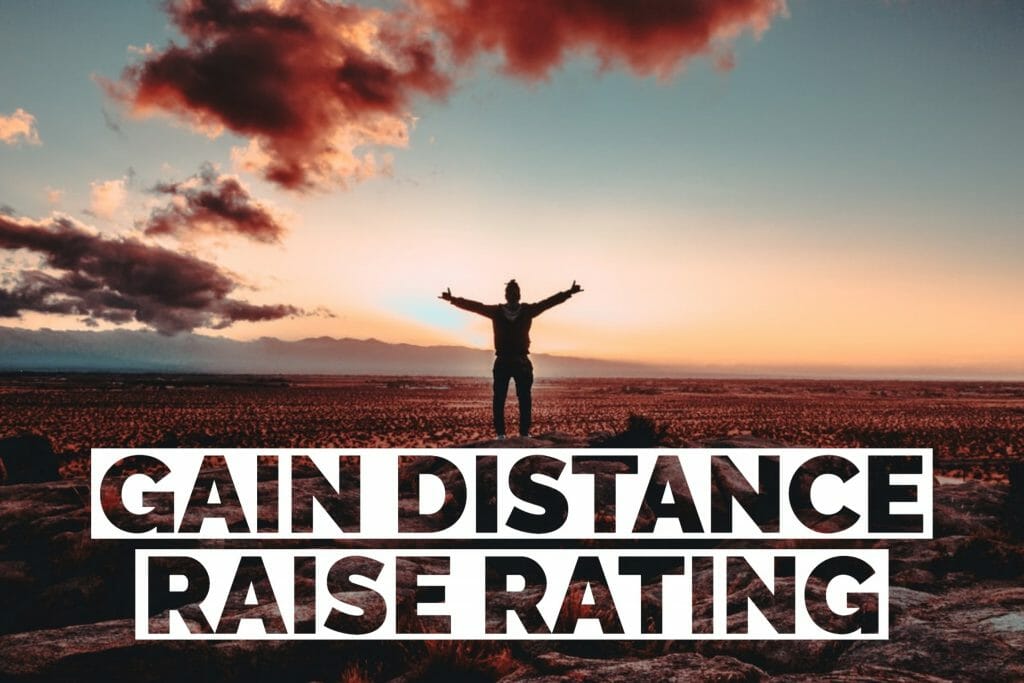Originally published at: https://discgolf.ultiworld.com/2020/11/05/how-to-gain-distance-and-raise-your-rating-part-2/
In the first part of this series I rambled on at length about various issues regarding weight loss. In this second part, I focus on how to successfully keep that weight off in the long term, which is actually the hard part. I have a lot less information to share on the topic, but I may circle back to cover even more stuff that I left out in the first article. Or this could also devolve into an incoherent mess. We´ll just have to wait and see what happens.
For argument’s sake, let’s say that last week’s piece on rapid weight loss inspired you to launch a journey of your own. In that case you may not want to read this installment quite yet, but wait until you’ve reached your goal weight/ideal weight. The reason being that you may feel discouraged to set out on the journey once you realize that the journey has no final destination. Everything I discussed in the first part is a wasted effort unless you fully commit to the lifestyle changes that got you to your goal weight.
Ready yet?
You have now arrived at the body composition you aim to stay at for as long as father time and the ravages of old age will allow you to. So now what?
The simplest answer is that you figure out a comfortable state of equilibrium that you can inhabit forever more consisting of slightly increased calorie consumption and a bit less cardio than went into your fat loss phase. Depending on how you feel about resistance training, if that even was a part of your weight loss plan, and whether you want to go from ripped and all the way up to jacked, you can keep your gym membership and even increase your attendance.
The key variable though remains the fact that you can’t out-train a bad diet. And in my experience, you can’t even out-train a good one either. Last week we had some of the best Indian summer weather ever experienced in Iceland, which resulted in an average of 24,316 disc golf steps a day while maintaining my regular diet. Not a single extra pound was lost. This might mean that I’m maintaining a weight that is unsustainable during the high winter months when three hours of enjoyable cardio a day is completely off the table and I would have to compensate by cutting calories down to a painful level.
Another very key point you need to consider when coming off of a state of prolonged calorie deficit is that your maintenance calories at your new weight, whether it be your ideal weight, your genetic set point weight, or merely the best shape you feel comfortable with maintaining without making every waking hour an unbearable struggle, is that those maintenance calories will be a lot lower that what they were dozens of pounds ago.
As mentioned in part 1 of this series, if you´ve been crushing your goals over a long period of time and generally absorbing lots of quality nutritional information along the way, you should have zero problems with naturally transitioning into a maintenance stage by just sticking to a flexible diet of the food items you enjoy. What happened in my own case was that I plateaued at a certain weight and then gained back a couple lbs1 and I’ve now been maintaining at what used to be my fat loss calories for about four months. If, however, the whole process was a constant struggle and you came out of it none the wiser, you will probably have to dedicate a couple of weeks to establishing your current maintenance calories. Check out this video by Paul Revelia that supports some of the stuff I just covered. Here’s Greg Doucette yelling at you not to “reverse diet,” and here is Paul Revelia again further expounding upon the previous subject. Good luck!
Back to the point about resistance training. Packing some additional muscle on your frame is a great way to increase your metabolism and allow you to eat more food as well as decreasing your body fat percentage without losing any of the actual fat. This is commonly referred to as getting out of the “skinny fat” zone, and there is plenty of high quality information about the subject on YouTube. Being skinny fat might sound like an oxymoron to the average layman, but it’s a perfectly logical term resting on the fact that a lot of people that seem average to the untrained eye are masking an overweight condition with a lack of underlying lean mass. If you look at the scientific literature I guarantee that you’ll be shocked at the ideal body weight for a person of your own height, age and gender.
Like the fairly useless concept of BMI, this idea of an ideal weight exists within a very limited space that seemingly accounts only for untrained individuals falling within a very specific range on the somatotype spectrum. For comparison, at 5’ 7”/170 cm tall, my ideal weight according to a range of popular formulas falls within the range of 144-147.5 lbs/65.2-66.7 kgs. At my current 161 lbs/73 kgs my body fat percentage falls within the athletic range, yet I would have to lose roughly 2.2 lbs/1 kilo to escape the overweight BMI zone and get down to zero body fat (which, obviously, is impossible) to hit my ideal body weight or, alternately, lose a lot of muscle mass.
What all of this means is that the scale is not the sole and final judge of your progress or your current body composition. You can, and should, simultaneously keep track by means of pictures (same angle and lighting every time), selfies from the front and preferably also back pictures if you can manage, and by body fat measurements (same trained professional using the same method every time). The king of measurements, though, will always be your waist measurement. This is quick, easy, and self administered and will track almost purely with your current fat level. The only way it could skew slightly is if you actually become a serious bodybuilder and your abdominal muscles develop massively over a long period of time. But that obviously is not applicable here.
 The author before starting his weight loss stage, and in his current maintenance weight.
The author before starting his weight loss stage, and in his current maintenance weight.
One final subject to quell any unrest in the comment section. None of the things mentioned in either part of this series needs to cost you a single dime. As you have already seen I personally did not invest in a private trainer, didn’t buy any cook books, customized training and diet plans or any special gym apparel. Everything was researched for free online and the body fat percentage measurements were administered for free as well. I did, obviously, invest in an expensive gym membership, but that cost is easily offset by the major savings made by my new diet and the near total elimination of food waste. So you can consider this a total elimination of your excuses.
Now please stay tuned for a third installment on how I failed to shave off those “stubborn” last 6-8 lbs needed to get absolutely diced to the socks, and how you yourself can get to a place I myself couldn´t!
probably muscle, not body fat ↩

